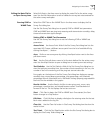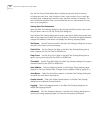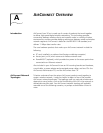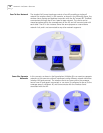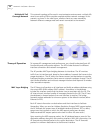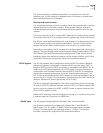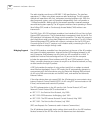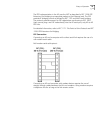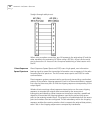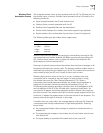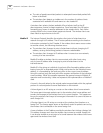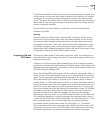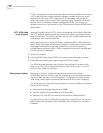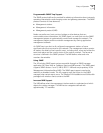
Theory of Operation 29
Programmable SNMP Trap Support
The SNMP protocol defines the method for obtaining information about networks
operating characteristics and changing router and gateway parameters. The SNMP
protocol consists of three elements:
■
Management stations
■
Management information
■
Management protocol
(MIB)
Nodes can perform as hosts, routers, bridges or other devices that can
communicate status information. An
SNMP Agent
is a node that runs the SNMP
management process to systematically monitor and manage the network. The
management station performs network management by running application
management software.
An
SNMP trap
is an alert to all configured management stations of some
significant event that occurred on the network. The management station queries
all stations for details of each specific event, including what, when and where the
event took place and the current status of the node or network. The format or
structure is defined in the SNMP protocol. The MIB defines what and who
monitors the variables.
Using SNMP
The AP includes
SNMP agent
versions accessible through an SNMP manager
application (HP Open View or Cabletron Spectrum MIB browser). The SNMP agent
supports SNMP versions 1 and 2, MIB II, 802.11 MIB and one proprietary
3Com
Management Information Base
(MIB). The SNMP agent supports read-write,
read-only or disabled modes. The AP supports traps that return to the SNMP
manager when certain events occur. The
Wireless LAN Installation and Utilities
disk
packaged with wireless clients contains the MIB.
Increased MIB Support
The MIB defines what the management station needs to understand and which
objects the station manages. The MIB has ten categories defined with
approximately 175 variables.



